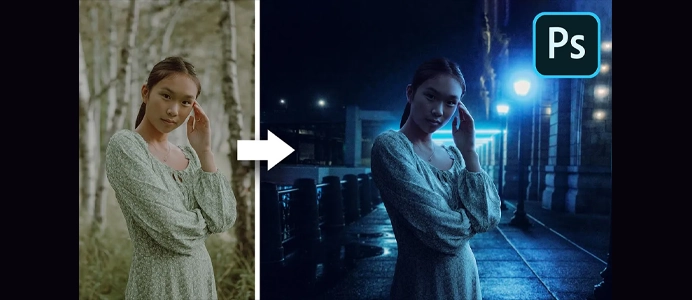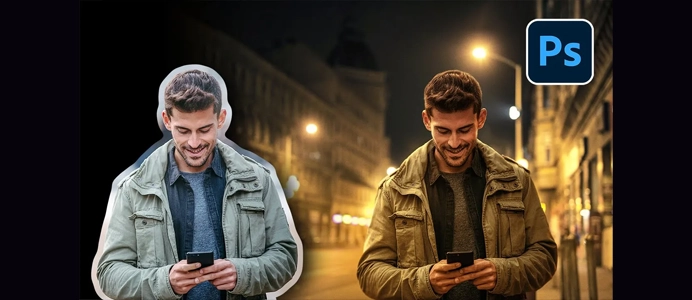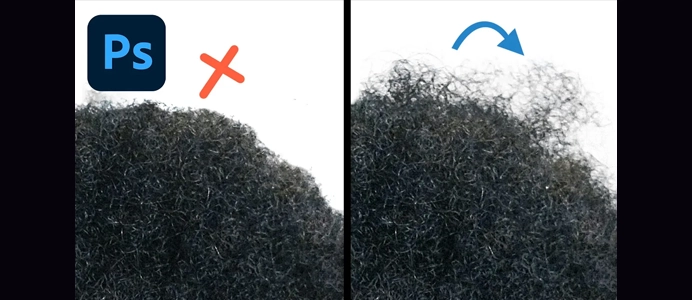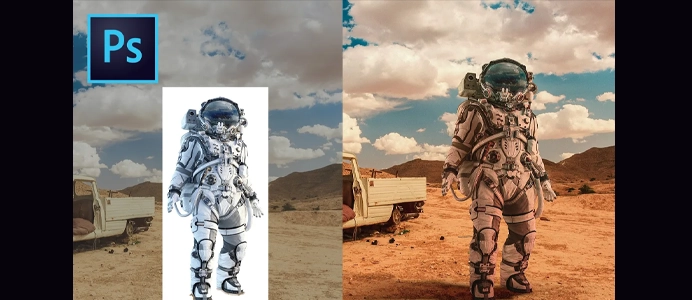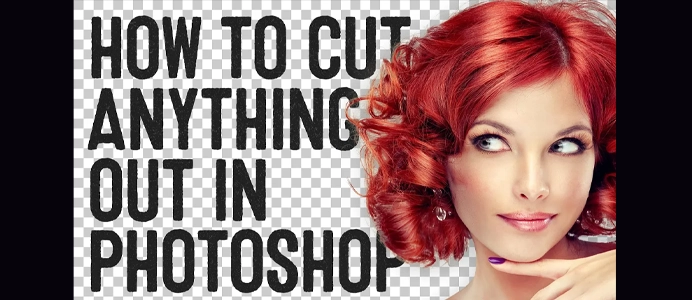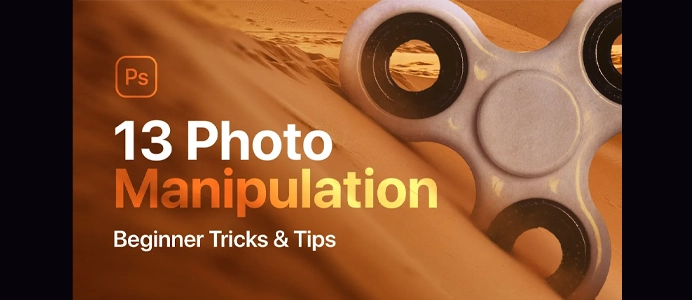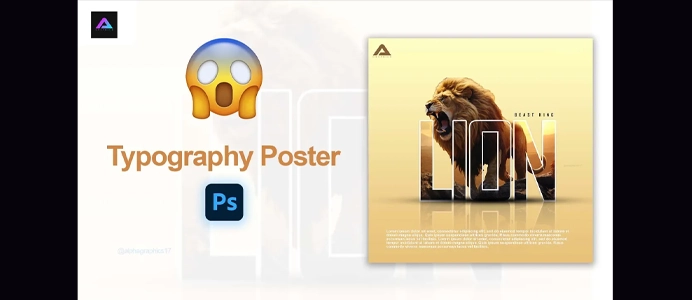How to Create Cinematic Manipulation in Photoshop
Creating a cinematic manipulation in Photoshop involves combining elements to evoke a cinematic atmosphere, often inspired by movie posters or scenes. Here’s a step-by-step guide to help you create a cinematic manipulation:
1: Collect Resources
- Gather Images:
- Collect high-resolution images that fit your cinematic theme. This may include a background, main subject, and additional elements.
- Consider Lighting:
- Ensure that lighting in the images is consistent or can be adjusted to match a cinematic feel.
2: Set Up Your Document
- Open Photoshop:
- Launch Adobe Photoshop and create a new document with dimensions suitable for your project.
- Import Images:
- Open the images you collected and arrange them in separate layers in your Photoshop document.
3: Create a Cinematic Atmosphere
- Adjust Colors:
- Use adjustment layers like Color Balance, Gradient Map, or Photo Filter to enhance or modify colors to create a cinematic look.
- Apply Gradients:
- Consider adding gradients to simulate cinematic lighting. Use the Gradient Tool or Gradient Adjustment Layer for this.
4: Blend Elements Seamlessly
- Work with Blending Modes:
- Experiment with blending modes on different layers. Modes like Overlay, Soft Light, and Multiply can create cinematic effects.
- Refine Edges:
- Use layer masks and the Brush Tool to refine the edges of your elements, ensuring they blend seamlessly.
5: Add Cinematic Effects
- Apply Filters:
- Use filters like Camera Raw Filter or Lens Flare (Filter > Render) to add cinematic effects. Adjust the settings for a realistic look.
- Texture Overlay:
- Apply a subtle texture overlay to add depth and a vintage feel. Set the texture layer to Overlay or Soft Light blending mode.
6: Enhance Lighting and Shadows
- Create Shadows:
- Add realistic shadows to your main subject to ground it in the scene. Use the Brush Tool or Gradient Tool with low opacity.
- Adjust Highlights:
- Enhance highlights on certain elements to create a cinematic glow. Use the Dodge Tool or add a new layer with a soft brush set to Overlay.
7: Add Typography (Optional)
- Include Movie Title or Text:
- If creating a movie poster, add text for the movie title and credits. Use bold fonts and consider effects like bevels or drop shadows.
8: Finalize and Export
- Fine-Tune Details:
- Zoom in and fine-tune details, ensuring everything looks cohesive and polished.
- Save and Export:
- Save your Photoshop document (.PSD) and then export the final image in your desired format (JPEG, PNG, etc.).
Additional Tips:
- Study Cinematic References:
- Look at movie posters and cinematic artwork for inspiration. Analyze the color grading, lighting, and composition.
- Experiment with Filters:
- Use filters like the Oil Paint filter or various Photoshop actions to experiment with different looks.
- Use Adjustment Layers:
- Adjustments layers offer non-destructive editing. Experiment with Curves, Levels, and Hue/Saturation to refine colors.
- Consider Composition:
- Pay attention to composition. Place your main subject strategically, and use leading lines or focal points to guide the viewer’s eye.
Creating a cinematic manipulation is a creative process, so feel free to experiment with different techniques and effects until you achieve the desired cinematic atmosphere.




